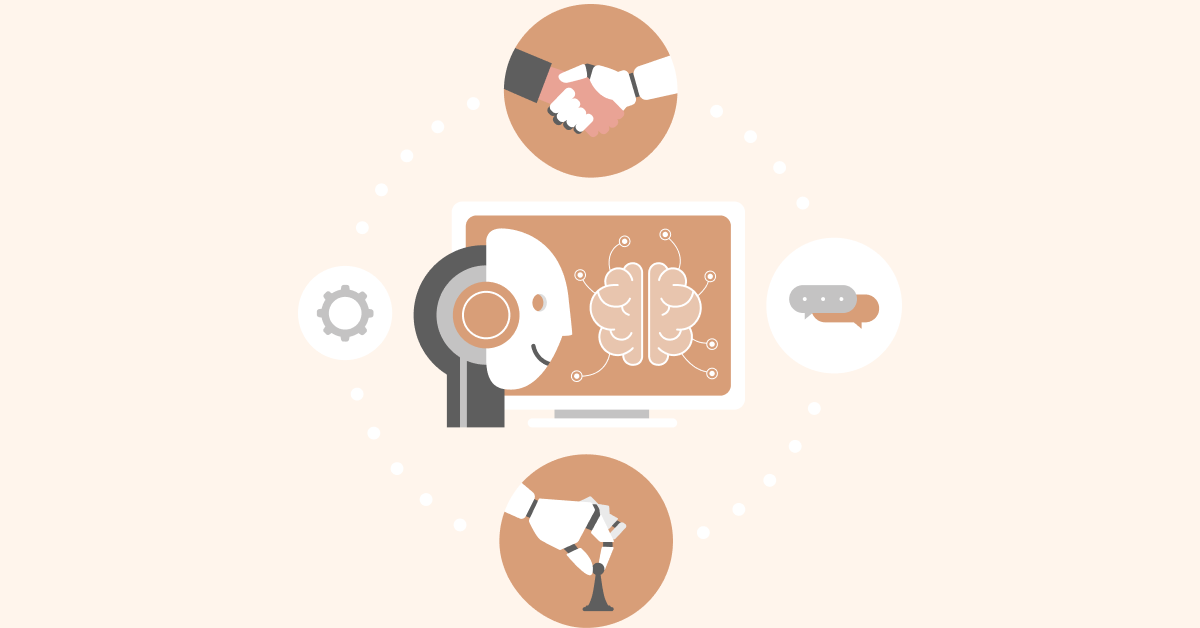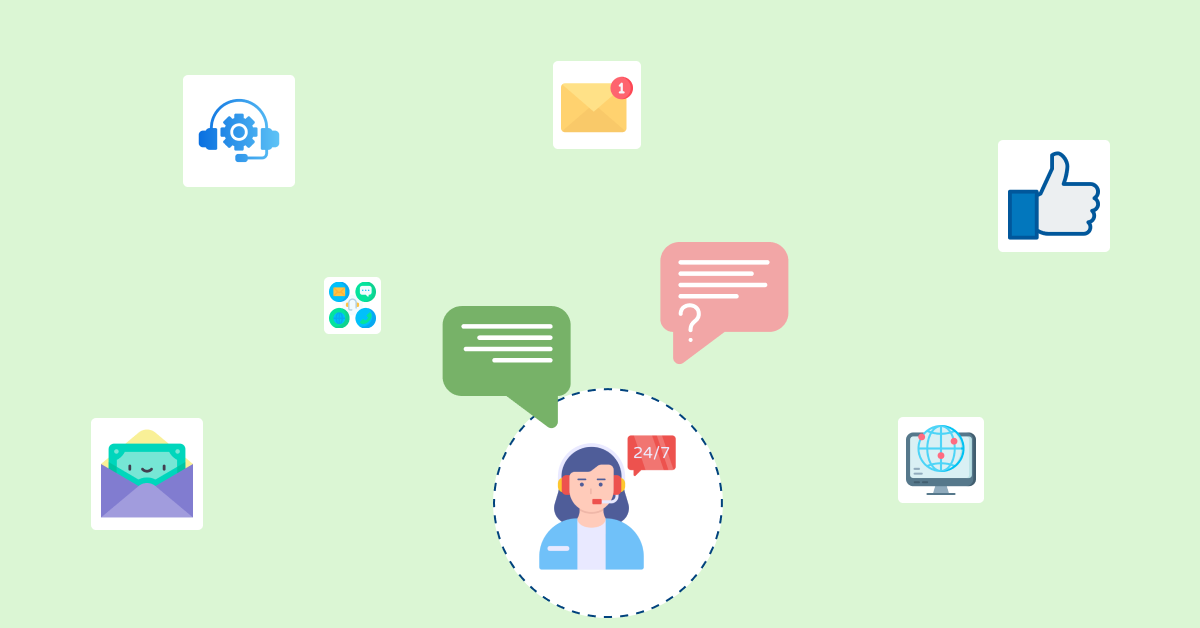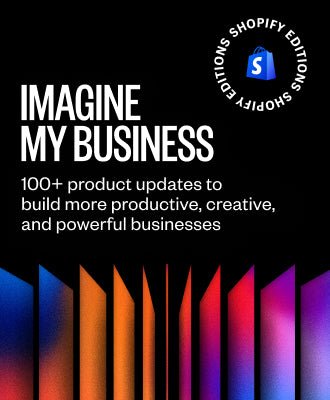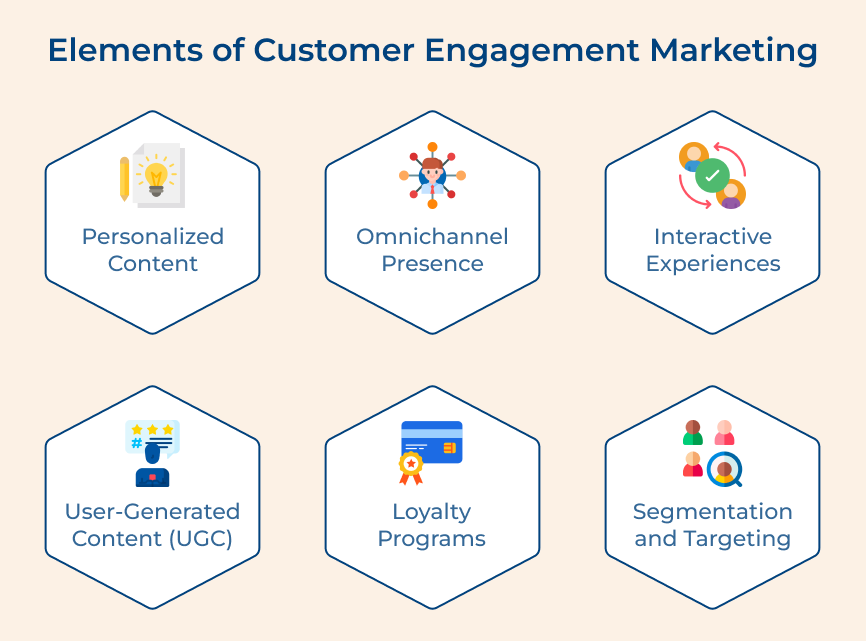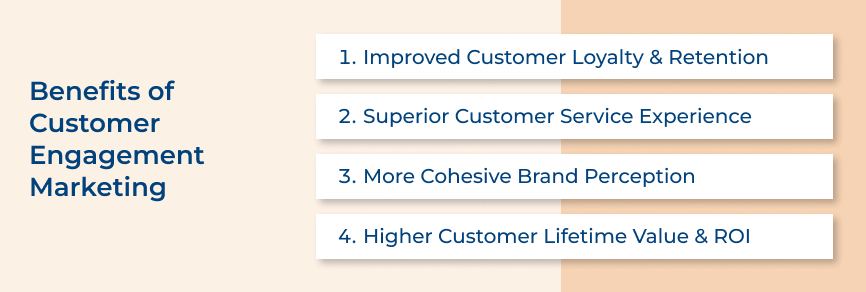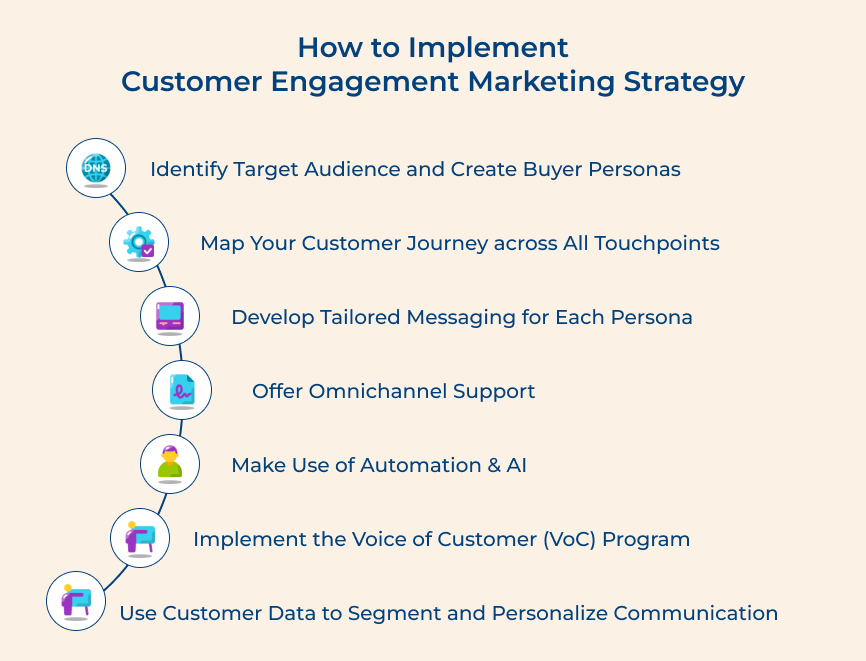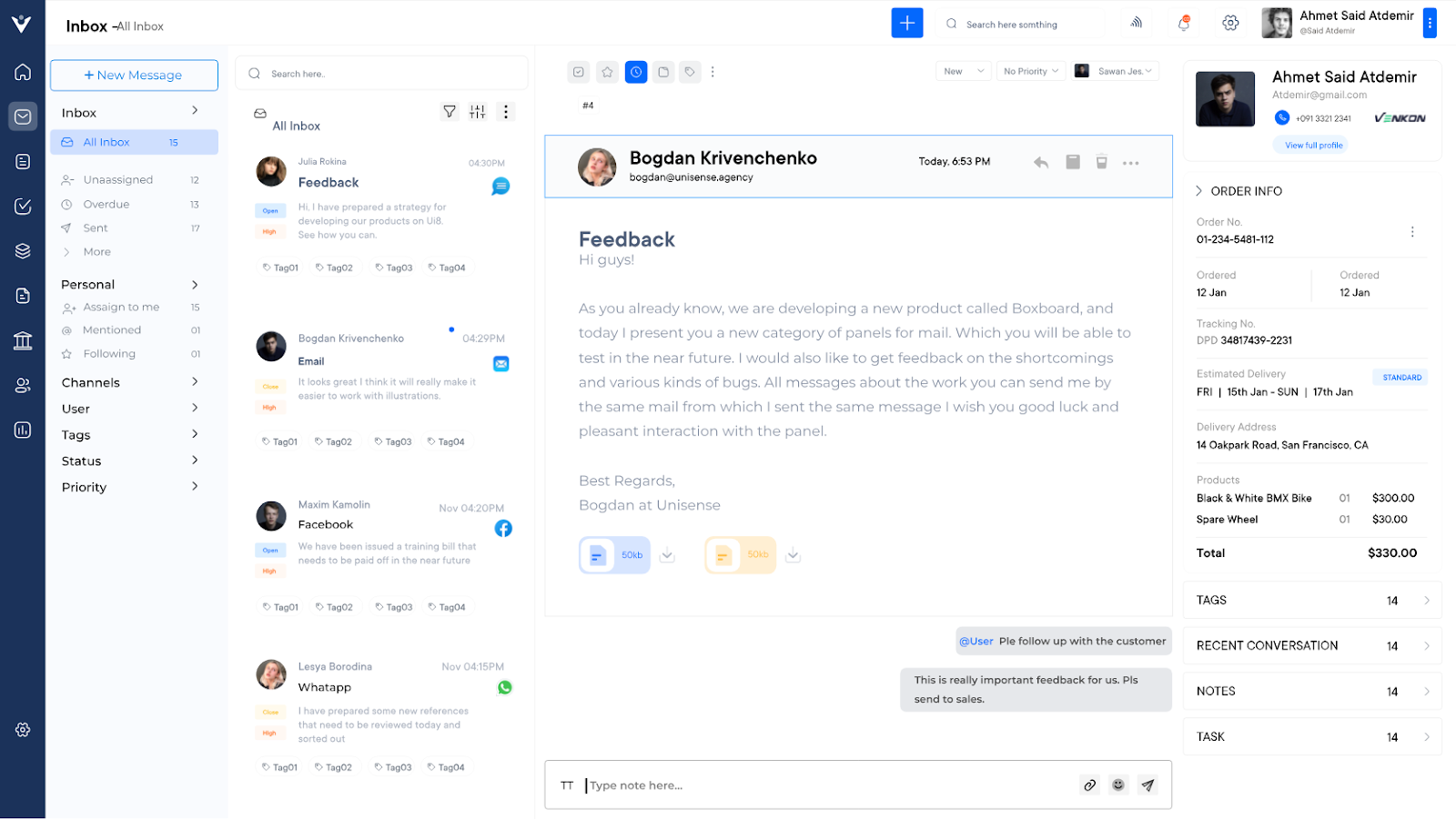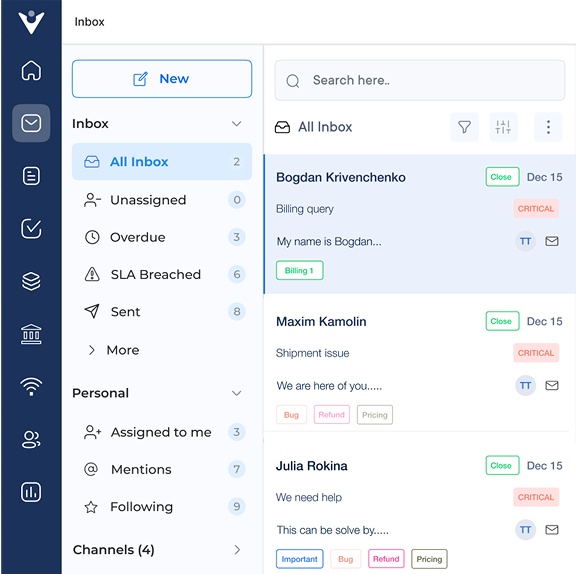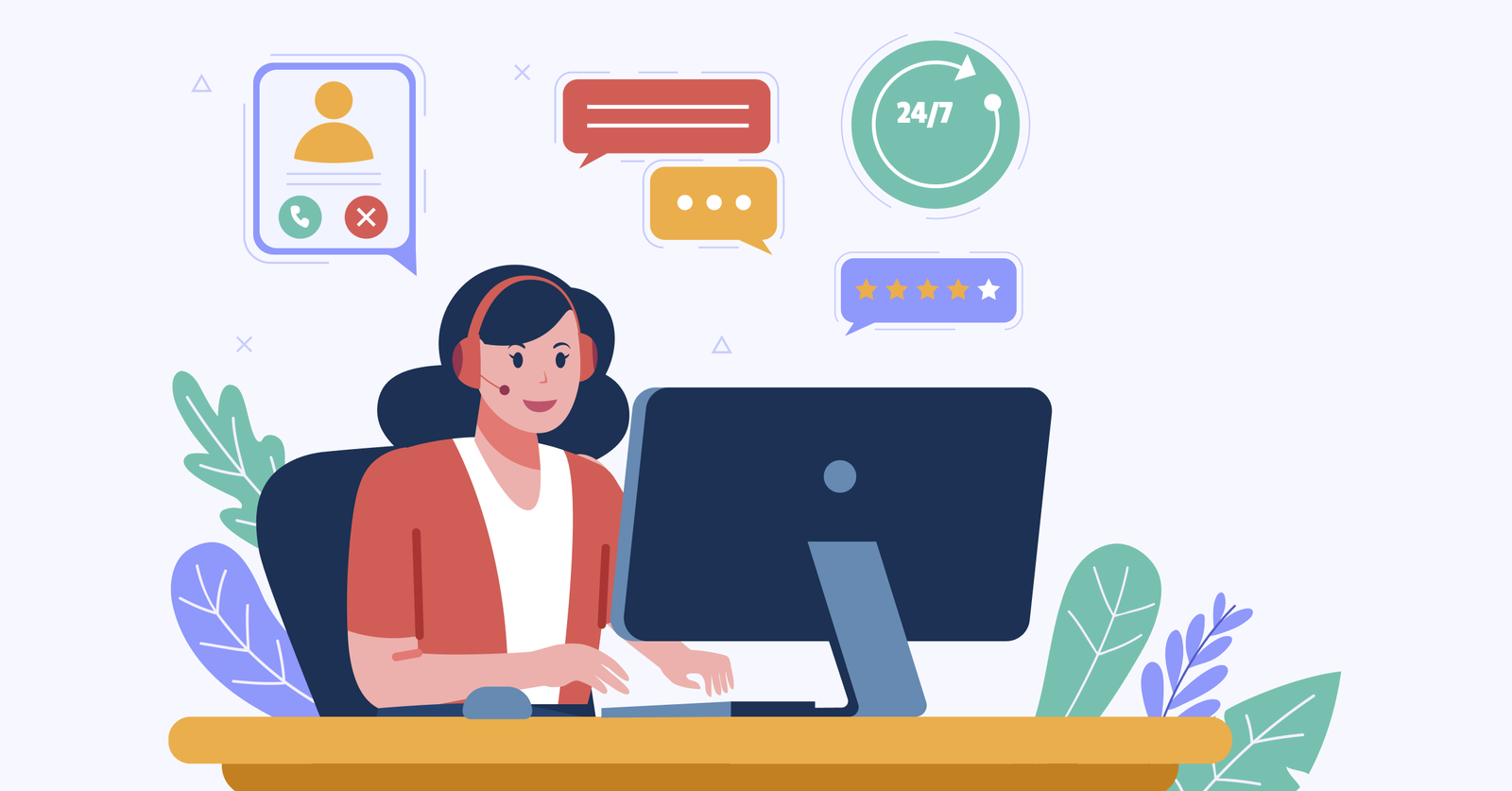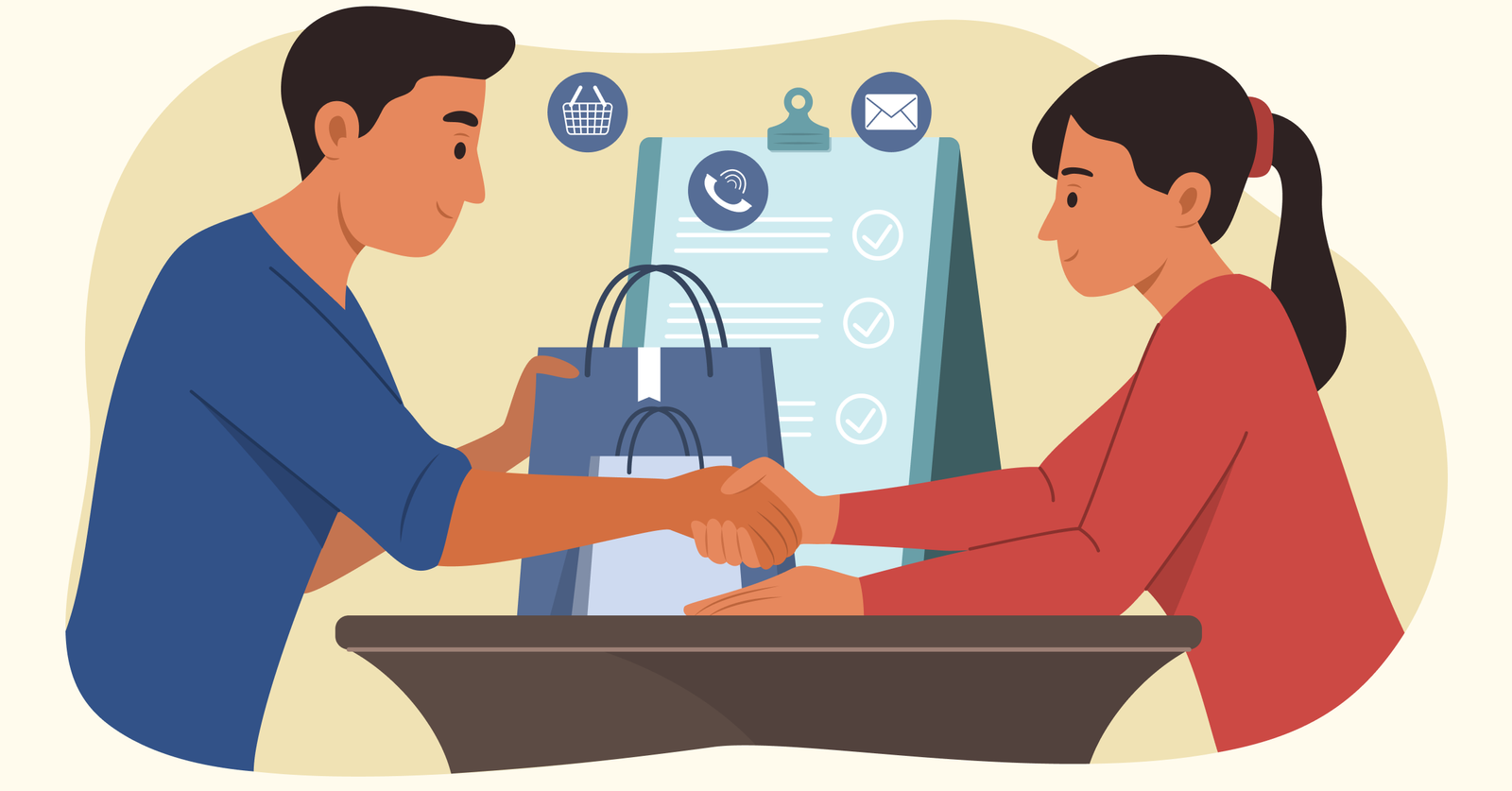1. Identify Target Audience and Create Buyer Personas
Effective customer lifecycle marketing starts with identifying the target audience and creating buyer personas. Buyer personas enable you to tailor your messages, offers and content strategy to meet their specific needs. More than 55% of companies generated higher-quality leads using buyer personas.
Start by analyzing data from your existing customers such as demographics, psychographics, buying behavior and interests. Once you have the data, look for patterns and identify common characteristics among the customers. Create a detailed profile for each persona, including their goals, pain points and preferred communication channels.
Best Practices:
- Conduct market research to understand the target audience’s needs, preferences and behaviors.
- Use the insights from your research to create detailed buyer personas that represent the ideal customers.
- Continuously monitor the target audience and adjust the strategies accordingly for improved consumer engagement.
2. Map Your Customer Journey across All Touchpoints
A customer journey map visually represents the touchpoints and experiences that a customer has with your brand during their entire relationship with your company. It includes pre-purchase touchpoints such as social media, email and your website. The post-purchase touchpoints are customer service and follow-up emails.
Start by identifying all the touchpoints your customers have with your brand. Next, examine each touchpoint from the customer’s perspective to identify the key actions, emotions and pain points they experience at each stage. Look for opportunities to improve the customer experience(CX) by creating a more personalized and engaging experience.
Best Practices
- Identify all customer touchpoints and create a visual map of the customer journey.
- Determine the most effective communication channels for each touchpoint.
- Analyze customer feedback and engagement data to continuously improve the customer journey.
3. Develop Tailored Messaging for Each Persona
Once the buyer personas are developed, use them to create tailored messaging for each group. It means using the language, tone, and messaging that resonates with each persona. 72% of luxury consumers have personalization at the top of their list of things they’d like to see when dealing with brands.
Let us imagine a business that is targeting millennials. They might use more informal language and social media channels. If a business is targeting baby boomers, they might use more formal language and email marketing.
Best practices:
- Conduct detailed research on your customer personas to understand their needs and preferences.
- Utilize customer data to personalize messaging and offers based on their interactions with the business.
- Test the messaging to ensure it resonates with each persona and drives engagement.
4. Offer Omnichannel Support
Omnichannel marketing means creating a seamless experience for customers across all channels. In order to offer effective omnichannel support, you need to consider how the customers interact with the brand and develop a strategy to meet their needs.
Companies must ensure to track customer interactions across all channels. It will ensure their experiences are consistent and positive. It means monitoring social media for negative feedback, responding to customer emails promptly and ensuring that in-store experiences align with online messaging.
Best practices:
- Use an omnichannel customer engagement platform to keep track of customer preferences and interactions across all channels.
- Train your customer service team to provide consistent and efficient support across all channels.
- Use data analytics to identify patterns in customer interactions across channels and use the information to improve the overall customer engagement strategy.
5. Make Use of Automation & AI
One of the most effective ways to use automation is to create email campaigns that are personalized based on the customer’s previous purchases or actions on the website. For example, if a customer has shown interest in a particular product, you can send them an email that includes a discount code for that product.
Chatbots can be used to answer customers’ questions more quickly and efficiently than human support agents. Machine learning enables chatbots to handle more complex interactions and provide personalized responses based on customer behavior. Over 50% of brands are planning on incorporating the use of AI and automation technologies.
Best practices:
- Start by identifying tasks that can be automated or augmented with AI to streamline your consumer engagement marketing efforts.
- Implement chatbots or other automated communication tools to provide customers with quick and personalized responses to their concerns.
- Use AI-powered recommendation engines to suggest products or services that align with each customer’s unique interests.
6. Implement the Voice of Customer (VOC) Program
Voice of the customer is a process that involves gathering customer feedback, analyzing it and acting on the insights gained from it. Implementing a VOC program can help businesses to better understand the customers’ wants, improve their solutions and increase customer engagement.
After gathering the feedback you can identify the areas of improvement for your products or services. Businesses can address customer complaints, or even create new marketing campaigns aimed at addressing customer needs.
Best practices:
- Gather feedback from customers through surveys, social media listening, and customer service interactions.
- Use the feedback to identify pain points and areas for improvement.
- Take action to address the concerns raised by customers, communicate the changes made, and measure the impact.
7. Use Customer Data to Segment and Personalize Communication
Personalization is key to customer engagement marketing. It involves using customer data to tailor the communication to their preferences and behaviors. 80% of companies that use market segmentation report increased sales.
Segmentation can be done based on a variety of criteria. Criteria such as demographics, past purchase history, website behavior and email engagement are typically used by businesses for segregation. Once the segments are defined, customize each communication to fit their interests and intent.
Best practices:
- Analyze customer data to identify common behaviors, preferences and needs, which can inform segmenting strategies.
- Personalize communications by tailoring messaging to each customer segment and meet their unique needs.
Examples of Successful Consumer Engagement Marketing
Below are examples of brands that have successfully harnessed consumer engagement marketing, showcasing strategies that not only promote their products but also create lasting bonds with their audiences.
-
Onboarding Emails to New Customers
When a new customer signs up for your service or makes a purchase, it’s important to make them feel welcome and appreciated. Onboarding emails are a great way to do it as they offer useful information, resources, and tips to help them get started.
-
Offer Personalized Content & Product Recommendations
Today’s customers expect personalized experiences, so it’s important to offer content and product recommendations that are relevant to their interests or needs. Utilize data and analytics to gather information about your customers, including their purchase history as well as browsing behavior.
-
Send Checkout Reminders to Complete the Transaction
Cart abandonment is a common problem in e-commerce, but it’s one that can be easily solved with a checkout reminder. Such reminders can encourage customers to complete their purchase by reminding them of the items in their cart and offering incentives like free shipping or a discount code.
-
Offer Incentives and Discounts to Loyal Users
Companies must reward their loyal customers and show them that they appreciate their business. Offer incentives and discounts to repeat customers, such as exclusive access to new products, freebies, or special promotions.
Top Customer Engagement Marketing Tools
Below we’ve compiled a list of the top customer engagement marketing tools that can elevate your strategies and transform the way you connect with your audience.
1. Veemo
Top customer engagement marketing tool for lasting connections



